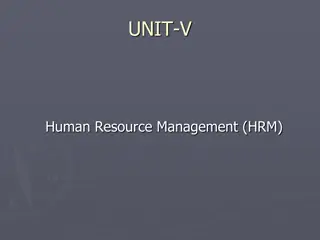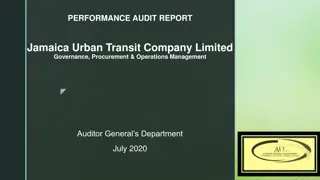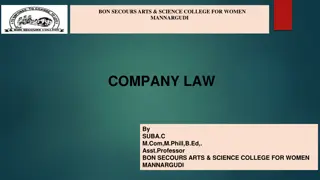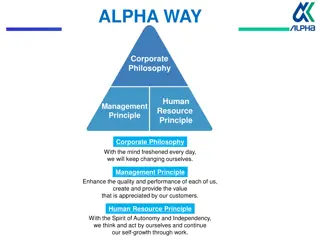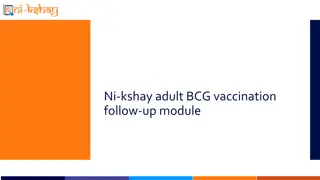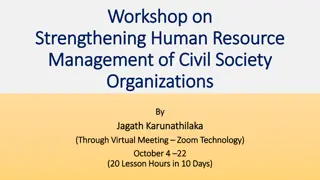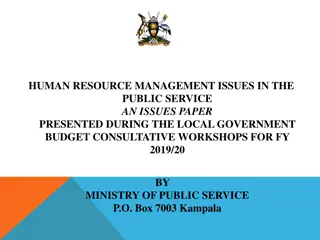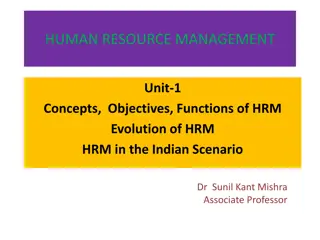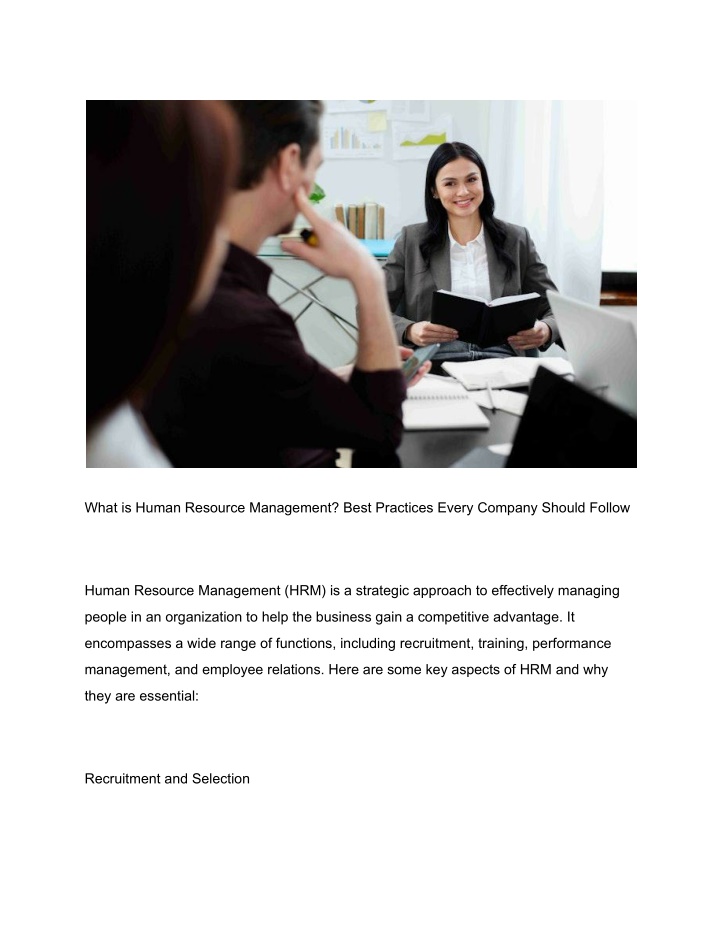
What is Human Resource Management? Best Practices Every Company Should Follow
Human Resource Management (HRM) is a strategic approach to effectively managing people in an organization to help the business gain a competitive advantage. It encompasses a wide range of functions, including recruitment, training, performance manage
Download Presentation

Please find below an Image/Link to download the presentation.
The content on the website is provided AS IS for your information and personal use only. It may not be sold, licensed, or shared on other websites without obtaining consent from the author. If you encounter any issues during the download, it is possible that the publisher has removed the file from their server.
You are allowed to download the files provided on this website for personal or commercial use, subject to the condition that they are used lawfully. All files are the property of their respective owners.
The content on the website is provided AS IS for your information and personal use only. It may not be sold, licensed, or shared on other websites without obtaining consent from the author.
E N D
Presentation Transcript
What is Human Resource Management? Best Practices Every Company Should Follow Human Resource Management (HRM) is a strategic approach to effectively managing people in an organization to help the business gain a competitive advantage. It encompasses a wide range of functions, including recruitment, training, performance management, and employee relations. Here are some key aspects of HRM and why they are essential: Recruitment and Selection
Effective recruitment and selection processes are crucial for attracting and retaining the best talent. HRM involves creating detailed job descriptions, utilizing multiple recruitment channels, and conducting structured interviews to ensure a good fit between candidates and organizational needs. Additionally, assessing cultural fit and conducting thorough background checks are integral to this process. Training and Development Continuous learning and development are vital for employee growth and organizational success. HRM involves identifying skill gaps, providing targeted training programs, and leveraging technology like e-learning platforms. Mentorship and coaching are also essential, as they promote knowledge sharing and professional development. Performance Management Performance management systems help in setting clear goals, providing regular feedback, and conducting formal appraisals. These systems are designed to enhance employee performance, motivation, and job satisfaction. They also involve creating tailored development plans and implementing recognition programs to reward outstanding performance. Compensation and Benefits
Managing compensation and benefits is critical for attracting and retaining employees. HRM involves designing competitive pay structures, offering comprehensive benefits packages, and ensuring legal compliance. Regular evaluation and adjustment of compensation structures help maintain alignment with market standards and organizational goals. Employee Relations Maintaining positive employee relations is essential for a harmonious work environment. HRM addresses grievances, ensures compliance with labor laws, and fosters a culture of open communication and inclusivity. Engaging employees through regular feedback, conflict resolution, and engagement programs helps build a supportive workplace. Legal Compliance Ensuring compliance with labor laws and regulations is a fundamental aspect of HRM. This includes adhering to employment laws, health and safety standards, data protection regulations, and employee rights. Regular training for HR staff on legal requirements helps prevent legal issues and promotes ethical practices. Technology in HRM
Technological advancements have transformed HRM, making processes more efficient and data-driven. HR Management Systems (HRMS), Applicant Tracking Systems (ATS), Learning Management Systems (LMS), and performance management software are some of the tools that streamline HR functions and improve overall efficiency. Conclusion Human Resource Management is integral to organizational success, encompassing various functions aimed at optimizing employee performance and satisfaction. By effectively managing recruitment, training, performance, compensation, and employee relations, HRM helps organizations achieve their strategic goals. Embracing technology and ensuring legal compliance further enhance the efficiency and effectiveness of HRM practices. Investing in robust HRM practices is essential for fostering a motivated, skilled, and productive workforce, ultimately driving organizational success.



